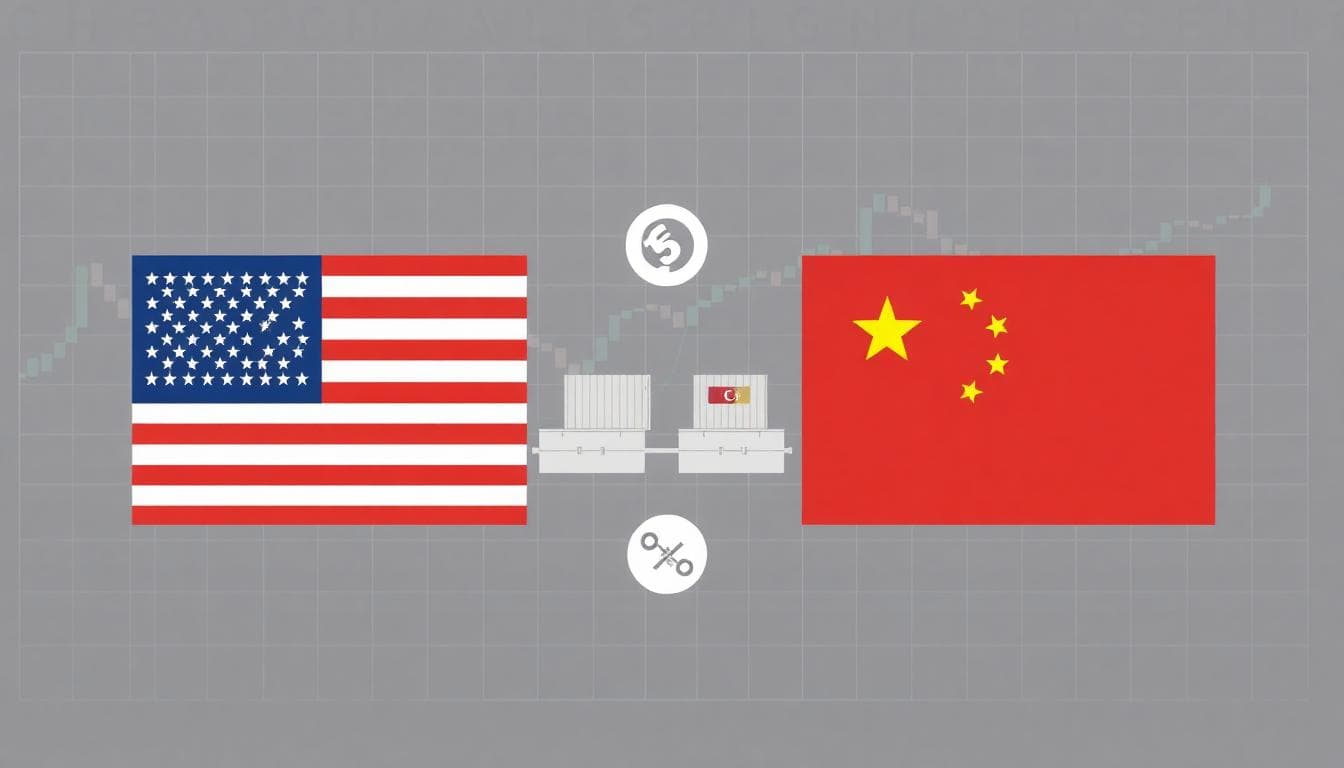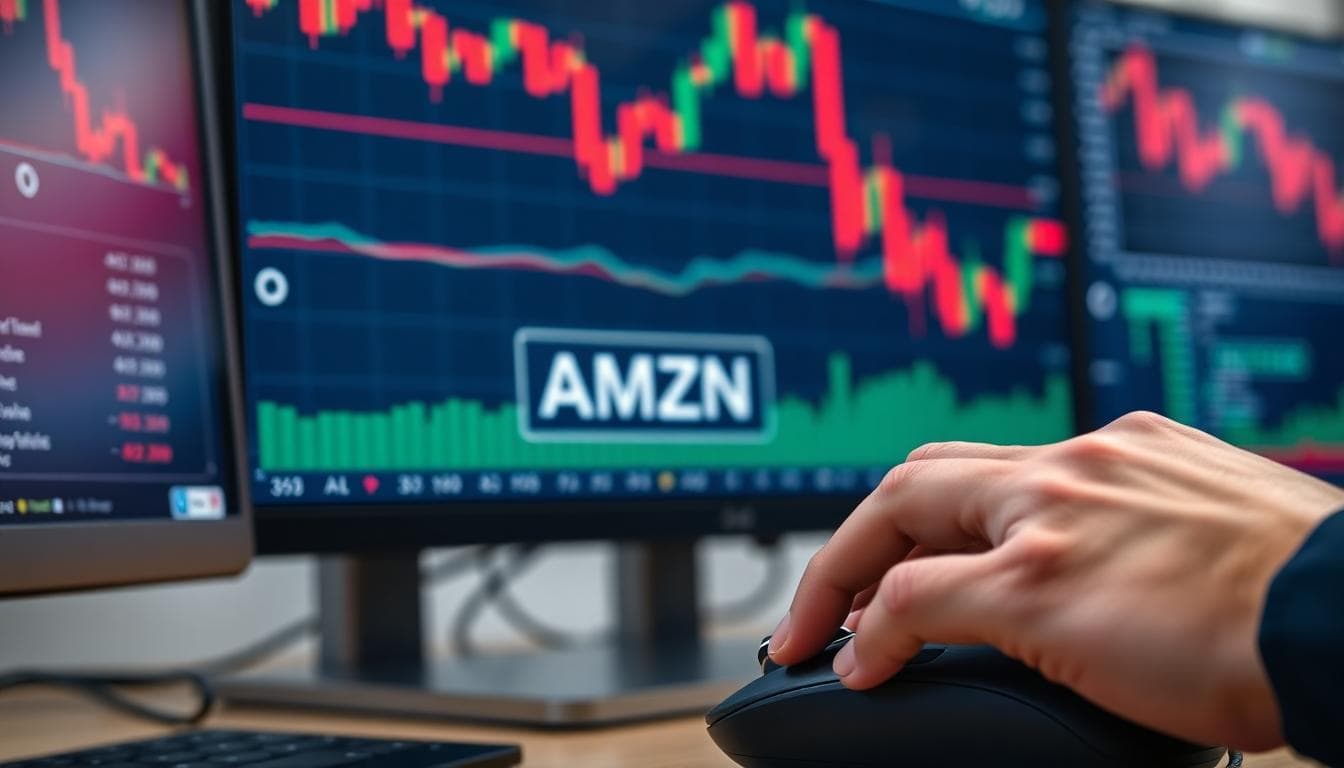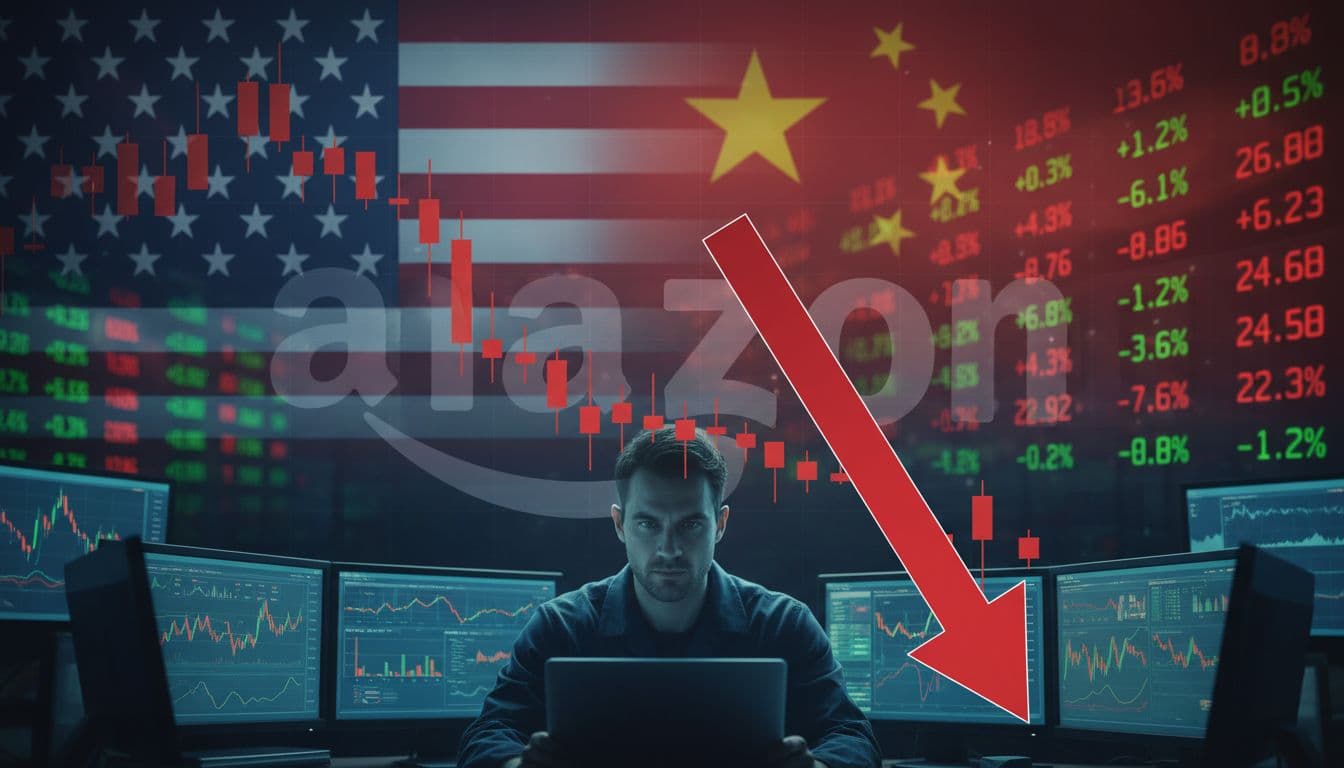Amazon shares fell about 5% on Friday after President Trump threatened higher tariffs on Chinese goods. The drop came late in the session and held into the close, signaling real concern among traders. For a company that relies on a vast network of third-party sellers, many of whom source from Chinese factories, the ripple effects could touch prices, margins, and demand.
Below, I’ll break down why the market reacted, how tariffs hit Amazon’s marketplace and logistics, what sellers should consider right now, and what investors might watch in the weeks ahead.
Why the Stock Moved
Tariff headlines move markets because they change the math on costs and pricing. If import costs go up, sellers need to either raise prices or absorb lower margins. For Amazon, that can mean:
- Higher average selling prices in sensitive categories like electronics and home goods.
- Lower volumes if shoppers pull back due to price increases.
- Marketplace churn as smaller sellers struggle to absorb costs.
- Short-term margin pressure if Amazon subsidizes prices to stay competitive.
Investors also remember earlier tariff rounds, when many importers scrambled to rework supply chains. Even if Amazon’s core retail and ads businesses are resilient, uncertainty alone can drive a selloff.

How Tariffs Hit Amazon’s Marketplace
More than half of Amazon’s unit sales come from third-party sellers. Many of those sellers import from China or rely on components sourced there. When tariffs rise:
- Landed costs increase. Import duties add to freight, storage, and fulfillment fees, squeezing profits.
- Price gaps widen. Private-label and direct-import SKUs lose some of their cost advantage over domestic alternatives.
- Inventory risk grows. Sellers with large FBA positions might sit on higher-cost stock while demand cools.
- Fees and promos get revisited. Sellers push for coupons or Lightning Deals; Amazon weighs promo costs against margin.
The knock-on effects can be uneven. Categories like consumer electronics, kitchen appliances, pet products, tools, and home décor often feel the most acute pressure. Consumables and domestic brands may see less direct impact, though shipping and materials costs still matter.
Pricing, Demand, and the Shopper Experience
For shoppers, the immediate concern is price. If tariffs stick, expect to see:
- Gradual list price increases as replenished inventory reflects higher import costs.
- Fewer steep discounts on big shopping days if sellers can’t fund deep promotions.
- More substitutions as buyers switch to domestic or non-Chinese alternatives when available.
Amazon has historically protected the customer experience with price-matching, deals, and selection. But sustained tariff pressure makes it harder to maintain low price points across the board.

What Amazon Sellers Can Do Now
If you sell on Amazon, this is a good time to tighten operations. Here is a practical checklist:
- Run a landed cost audit. Update unit economics by SKU, including duties, freight, storage, and FBA fees. Identify SKUs with thin contribution margins.
- Segment pricing moves. Raise prices first on inelastic SKUs. For competitive listings, test small increases and watch conversion in Search Query Performance and Brand Analytics.
- Diversify suppliers where possible. Explore Vietnam, Mexico, India, or domestic options. Even partial allocation reduces risk.
- Right-size inventory. Avoid overstocking high-tariff SKUs until policy details firm up. Prioritize fast movers.
- Lean into value messaging. Optimize bullets and A+ Content to highlight durability, warranty, and utility, not just price.
- Protect ad efficiency. Shift spend to highest-converting keywords and ASIN targeting. Watch cost-per-click drift if rivals cut bids.
- Consider bundles. Bundles can boost perceived value and protect margins without straight price hikes.
Investor Angle: What to Watch
For investors, Amazon’s exposure is real, but so is its diversification. Key watch items:
- Retail margins vs. price competitiveness. Any sign Amazon is absorbing costs to hold share will pressure near-term profits.
- 3P seller health. Marketplace vibrancy shows up in selection depth, Prime delivery rates, and seller fee updates.
- Advertising resilience. If retail slows, ads often hold up because brands keep spending to win share. Watch ad growth in upcoming quarters.
- AWS decoupling. Cloud growth and margins can buffer retail cyclicality. Any reacceleration in enterprise cloud spend helps sentiment.
- Inventory and working capital. Elevated inventory or changes to capital expenditure guidance can hint at management’s demand view.

Could This Be a Buying Opportunity?
It depends on your horizon and risk tolerance. If you are long-term, policy-driven dips can present chances to add. Amazon has navigated tariff cycles before by optimizing logistics, pricing, and sourcing. Its ad business and AWS provide counterweights to retail volatility.
On the other hand, headline risk may persist. If tariff rhetoric escalates into implemented rates, expect choppy trading and potential estimate cuts. Position sizing and staged entries can help manage volatility.
Scenario Planning: Three Paths
- Rhetoric cools. Markets recover some losses as negotiations progress. Sellers see modest cost relief and resume promo activity.
- Partial implementation. Targeted tariffs hit certain categories. Amazon and sellers adapt with selective price increases and sourcing shifts.
- Broad escalation. Higher rates across many goods. More meaningful price hikes, tighter promotions, and near-term pressure on retail margins.
Action Steps This Week
- Sellers: Refresh cost models, update pricing tests, and review ad budgets by SKU. Communicate timelines with suppliers now.
- Investors: Watch management commentary, third-party seller chatter, and category-level pricing on site. Track ad spend trends.
- Shoppers: If a purchase is price sensitive and import-heavy, consider buying sooner. For domestically sourced goods, monitor prices but do not rush.
The 5% drop in Amazon’s stock reflects renewed uncertainty around tariffs and import costs. The marketplace’s deep reliance on third-party sellers that source from China amplifies the impact. Still, Amazon’s diversified revenue streams and operational playbook give it tools to manage through policy swings. Expect near-term volatility and selective price pressure, with outcomes tied to how far tariff measures go and how quickly supply chains adjust.
To contact us click Here .

